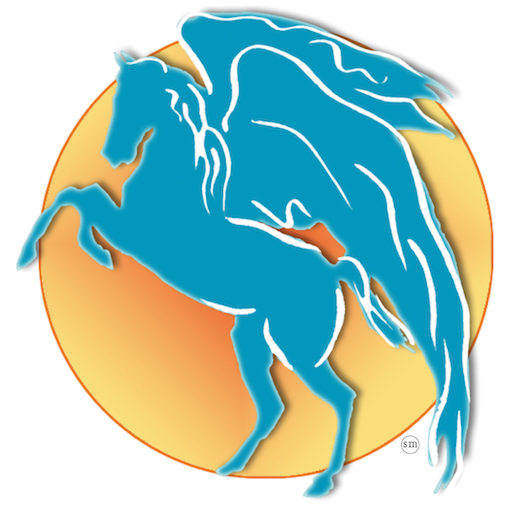About Us
How we do itthe keys
Rehabilitating the horses is usually a long and sensitive process
requiring patience and commitment from us.
Amazingly, horses that have been offered a second chance at life
are eager to assist people that need help.
We pair humans and horses with an understanding of their similar experience.
This creates a wonderful bond, strengthens the relationship between the two
and nurtures an awareness that they are together
in order to heal each other.
about erica
Liberty Training,
Behavior, Relationships and Equine Assisted Coaching
When we work with horses, we start from the ground to develop a trusting relationship. Erica is skilled at developing relationships with horses “at liberty” (with no halter or lead line) as well as coaching others to use energy, intention, body language, technique and timing to become an effective partner.
Erica has worked with many extraordinary trainers from around the world, over decades, but she will not employ a particular “method” in her approach. She feels that we need to remove as many filters as possible to increase our ability to be with the horse in front of us. Erica uses the language of the horses to effectively communicate and bring about the desired behavioral change in the horse. Her ability to connect to and understand each horse and human is unique.
I approach every horse and human honestly and with simple kindness and respect, allowing for the other to feel safe enough to be seen, perhaps even to be vulnerable. This creates the basis of a relationship that we both desire, and this is a good place to begin.
I must find a way into his/her mind. And when I do there is always an image or a feeling of a special place where it is just the two of us in a safe and quiet connection.
Each one has talents and personal gifts as well as fears or concerns that are very personal and unique. Once I can observe these qualities, I am able to find the right approach to empower them.
We are all emotionally complex though some of us are more transparent than others. Usually when there’s been trauma, neglect or abuse in our experience we need help to shed it gently, layer by layer without being re-traumatized.
about Joost
Horsemanship, Leadership and Equine Assisted Coaching
Joost trains from the ground and in the saddle using the principles of feel, timing and balance. He brings his expertise in Dressage to each and every horse to help them find correct and balanced movement. Joost has learned from many incredible horse trainers in Europe and the US, and he has earned his USDF Bronze medal and graduated from the USDF L judging program.
For me working with horses is an ongoing learning experience. That way my mind stays open and I do not have to get locked into any method.
In my daily work many of my teachers are present. I quite intuitively follow their wisdom in any situation I get into with a horse. In my mind I hear Mark say “The weight of a thought”; or I hear Fredríc say, ”this is gooood” to the horse, Or Magalie say “slowly, slowly Joost” or I share stories from them with my clients. I offer my own deal, and I have a world of wisdom and experiences behind me.
Dressage is very often misunderstood. Dressage in its essence means training. It is a progression that is laid out principles in the ‘pyramid of training’. Following this progression and the exercises that are laid down in the progressive levels of training and showing, bring out the athletic qualities of the horse, and in that process also the mental strength of an athlete. Dressage offers a system of training that is applicable to every horse, Prince or Pauper, to increase suppleness, strength and mental resilience.
For me the heart of leadership is being calmly and confidently present in mind and body, so we can give direction in a clear and simple way. It is important also to keep communication open in both directions, to check in and see where either of us goes off balance—emotionally or physically—and what is needed to restore balance and equanimity.
It is the trainers’ responsibility to asses each horse each time to see where his/her qualities lie and where there are boundaries or misunderstandings; and to work with these with respect and patience; training is more about helping the horse find what we are looking for, than to force them into submission;
The longer I do this, the more I slow down; especially with horses that have suffered.


